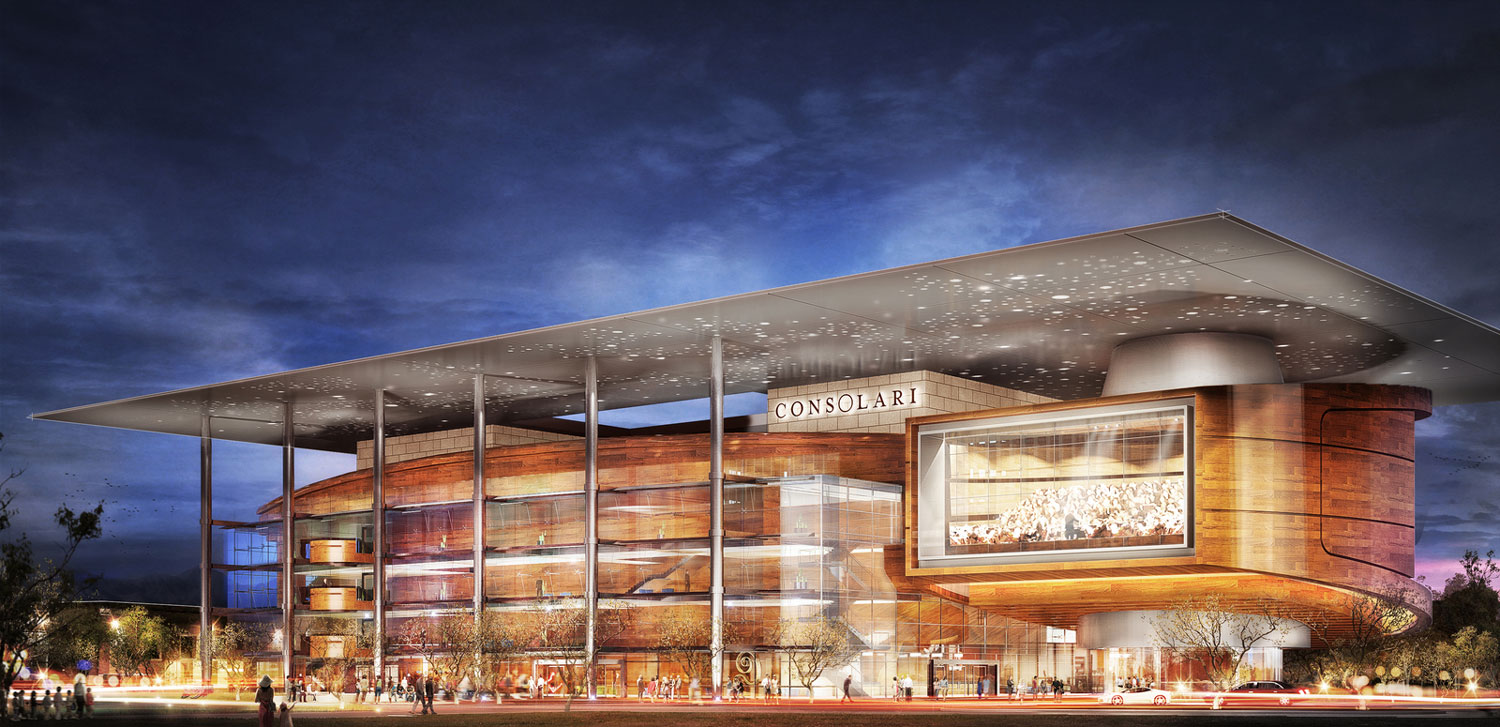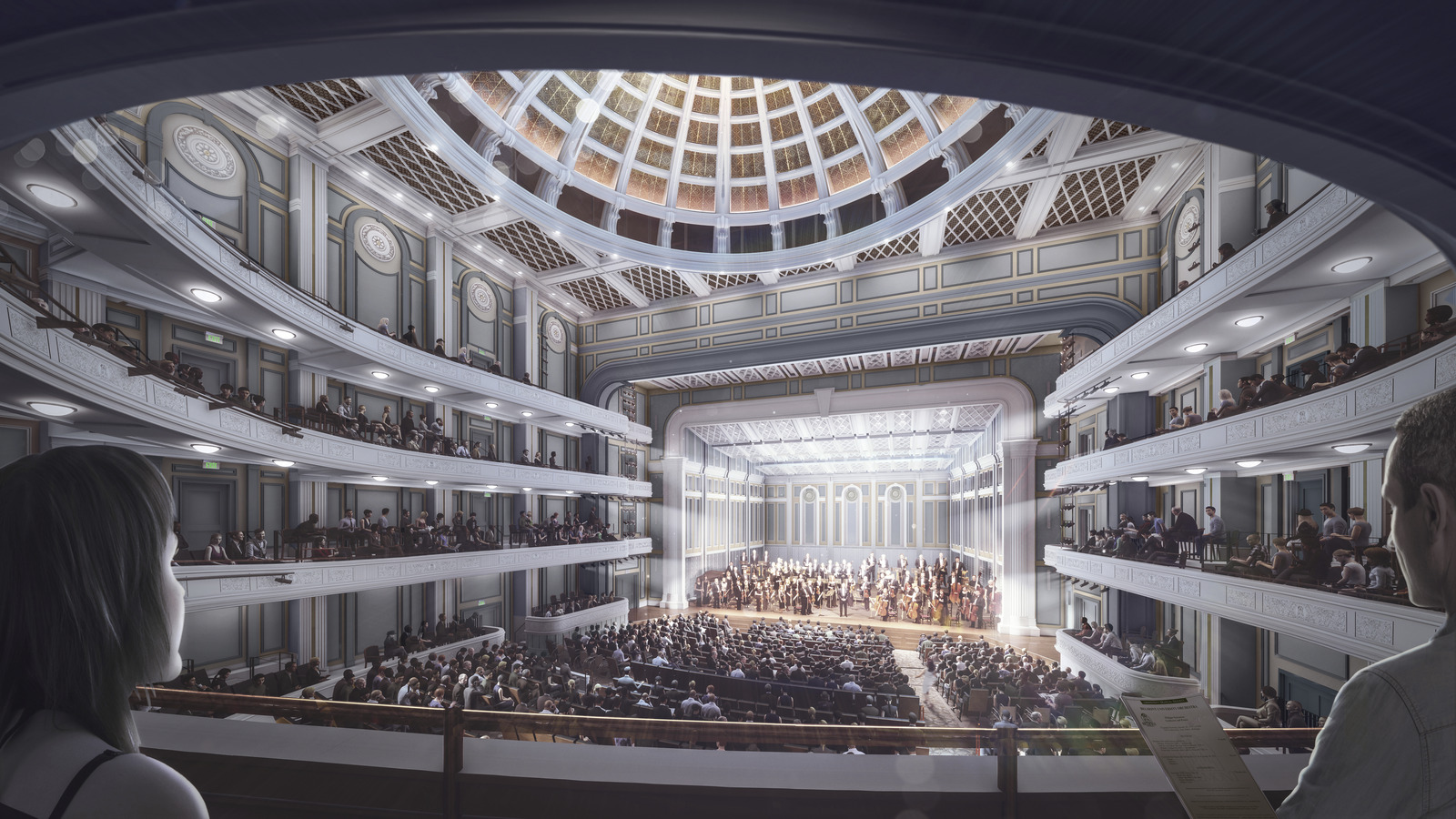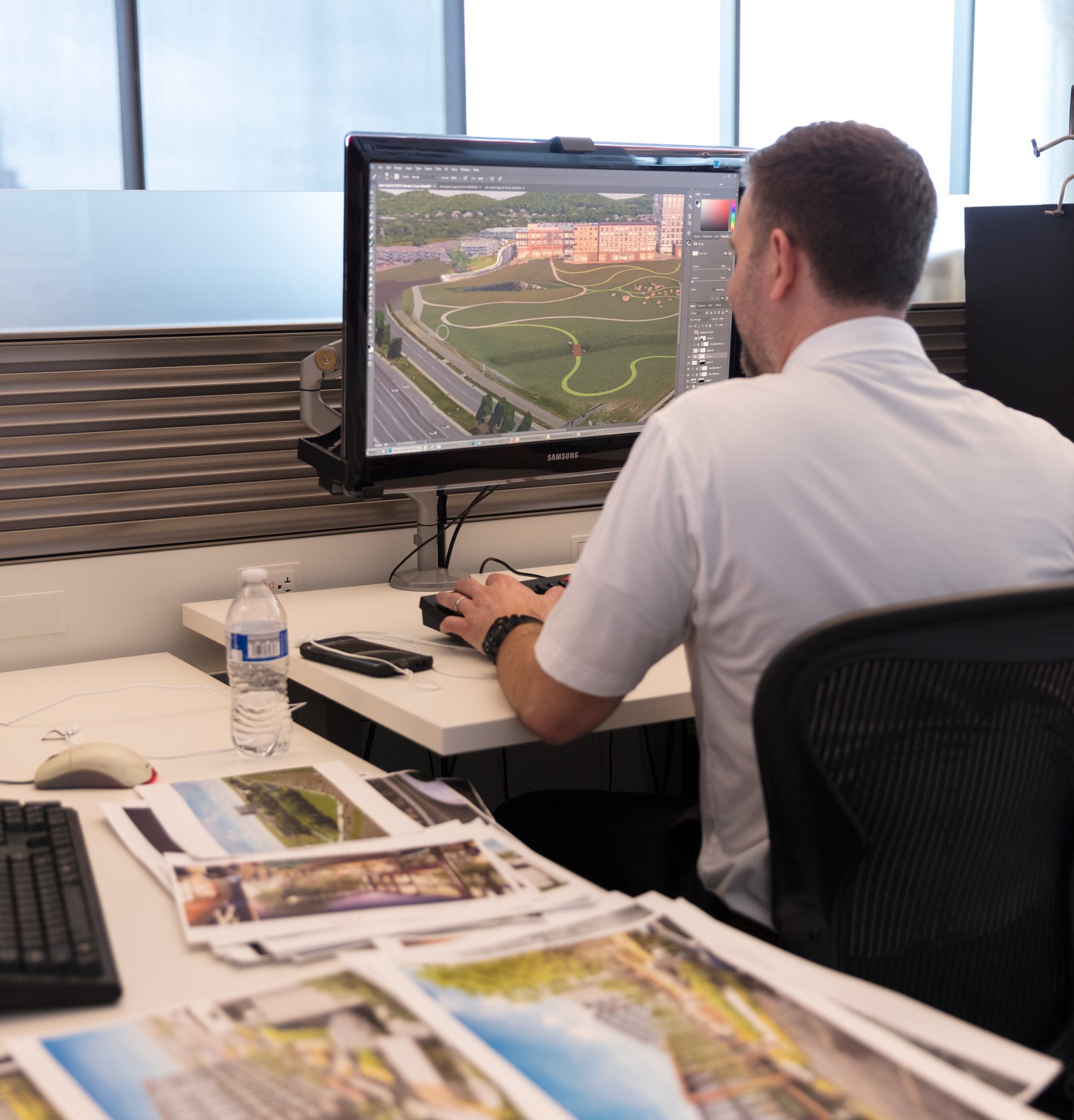Employee Spotlight: Scott Marlow
Bringing projects to life through a balance of technology, creativity, and inspiration, while navigating tight deadlines, is all in a day’s work for visualization team member Scott Marlow. Read on to learn how he utilizes these tools to develop captivating architectural renderings, and how they influence his artistic process.
What does a typical day in the life look like?
As a member of ESa’s visualization team, my days consist of producing renderings, checking our workload render queue, reviewing project deadlines, and managing who on the visualization team is working on those projects and who may need some help. Our team focuses on working with the project team to develop renderings that visually bring projects to life for our clients. We work on different projects and interact with every sector across the firm.
To develop high-quality and detailed renderings, we export Revit (4D building information modeling software) models of ongoing projects and import that into our rendering software. Within the rendering software, we can set up scenes, adjust and add lighting, show various materials, and then utilize Photoshop to finalize and add a level of polish to the overall rendering.
I make it a point to be aware of larger trends in the industry and work to keep our team up to date with the latest software and creative techniques. With the light-speed pace of technology, there always seems to be something new that needs to be tested to see how it could aid our team in the creation and refinement of architectural renderings.
 Scott working on a rendering
Scott working on a rendering
How did you find your way to ESa, and what sets the firm apart?
First, I have to say that I am so blessed and humbled to be at ESa. I credit the Lord’s grace and mercy and I owe everything to Him. I started my career working as a draftsman and worked in this role for several years at multiple firms before joining ESa. During this time, I worked closely with ESa and as a result was over at the office and became familiar with many folks at the firm. Some team members may even remember the Monday morning doughnuts I would drop off as a thanks to the team for using our services.
I went on to be a freelance visualization artist for a few years and then, as things started to slow down, I reached out to my friend Brian Edwards, a member of ESa’s senior architecture team, who went to ITT Technical Institute with me. He mentioned that there was an opening, and I was able to get an interview and have been here ever since.
ESa is unique. I think one of the main things that sets the firm apart is the fact that people are not just brought onto the team because things are busy and then let go if work slows down. Leadership invests in our team members and truly values their people.
What inspires you?
I love to look at a variety of art forms to glean inspiration. Some of my favorite examples include concept art from movies, video games, old movie posters and vintage architectural illustrations. I also look to others in the industry for inspiration and new ideas. My favorite firm is Arqui9 Visualisation in the United Kingdom. I really enjoy the work of their founder, Pedro Fernadez. I study his techniques, style, and feel because I love the way his renderings look and hope I can be that good when I grow up!
Outside of work, what are your passions/hobbies?
When not working I love spending time with my wife and kids. I enjoy being out in nature and hiking national parks. I have been wading creeks and rivers here in Tennessee to fly fish since I was 12 years old. Being out in nature helps me to clear my head and reconnect with what matters most.

One of my favorite journeys into nature was a family trip to Sedona, Arizona. During this adventure out West, we all hiked Valley of Fire State Park, Zion National Park, Bryce Canyon National Park, Grand Canyon National Park, Arches National Park and Mesa Verde National Park.
I have also been in the process of a full restoration of a 1960s muscle car. And lastly, I have a passion for coaching. I have coached middle school and high school basketball for 27 years, and if I was not in architecture, I would probably be a coach and teacher.

What has been your favorite project to work on?
It is hard for me to choose a single favorite project. For the visualization team, the work we do usually has a fast turnaround and then we are on to the next one. I did enjoy working on the renderings for our current corporate home, Gulch Crossing, and the Consolari Performing Arts and Education Center project. Those two would have to be some of my favorite rendering projects. I also really enjoyed the renderings for the Belmont University Fisher Center for the Performing Arts.
 Exterior rendering of the Consolari Performing Arts and Education Center
Exterior rendering of the Consolari Performing Arts and Education Center

Interior rendering of the Fisher Center for the Performing Arts at Belmont University
I enjoy creating renderings for business development related projects and jobs we are pursuing. The environment during that process is dynamic and motivating, and the element of competition means that the renderings we produce have the chance to tip the scales in our team’s favor.

Exterior rendering of ESa’s Headquarters, Gulch Crossing
What is the most unique aspect of your role? What would people be surprised by?
The most unique part of my job is creating atmosphere — evoking a feeling and visually telling a story through a rendering. I think most people don’t know the process and would be surprised to learn that often it’s a trial-and-error exercise to end up at the final image. I have learned that the best renderings seem to find their own way to the final version. I prefer this since I don’t want the software to dictate the final version, and I like to add some unique creativity to the digital rendering process.
With modern tools, there could be a tendency to make the rendering process more like an assembly line, and we strive to avoid this. Robotic processes that just pump out renderings each day risk losing a sense of inspiration and creativity. The main balancing act of this role is to juggle limited time, creativity and what the client needs. We strive to create inspired and creative renderings as efficiently as possible without losing the magic.

Scott refining a rendering utilizing Photoshop
What’s the secret to a great rendering? Any tips for aspiring artists?
I did not go to school for architectural visualization and first worked as a draftsman before the visualization world really got going. Although, from an early age, I always loved drawing, specifically buildings, so one could say it was always in the cards for me to follow this passion. At my draftsman job in the 1990s, I was asked if I wanted to try to create some 3D images for a project. I was interested and agreed, and I discovered that I loved the challenge. I have been in the visualization world ever since.
My number one tip for aspiring artists and designers would be to not let technology drive the creative process. I think it is still important and useful to sketch out ideas on paper. It is so easy today to simply press the render button and essentially give over your vision to the software. Artists should constantly keep practicing and watching how others create for added levels of inspiration and creativity.
This is not to say that you should not utilize technology — far from it. The visualization world has some incredible tools that can improve efficiency and allows for the development of things previously not possible. Keep the creative process front and center and utilize technology as a tool and not as a stand-in for your own ideas or vision.
How do you manage stress?
Truthfully, I probably don’t handle stress as well as I should. But after 31 years, I seem to be less stressed out than I was when I was younger. I still have those burned-out times as we all do. I find that sitting around the fire pit with family and fly fishing in a creek or river by myself helps a lot to keep things in perspective. Also remembering that God is in charge, and I am not, is a great source of comfort for me.